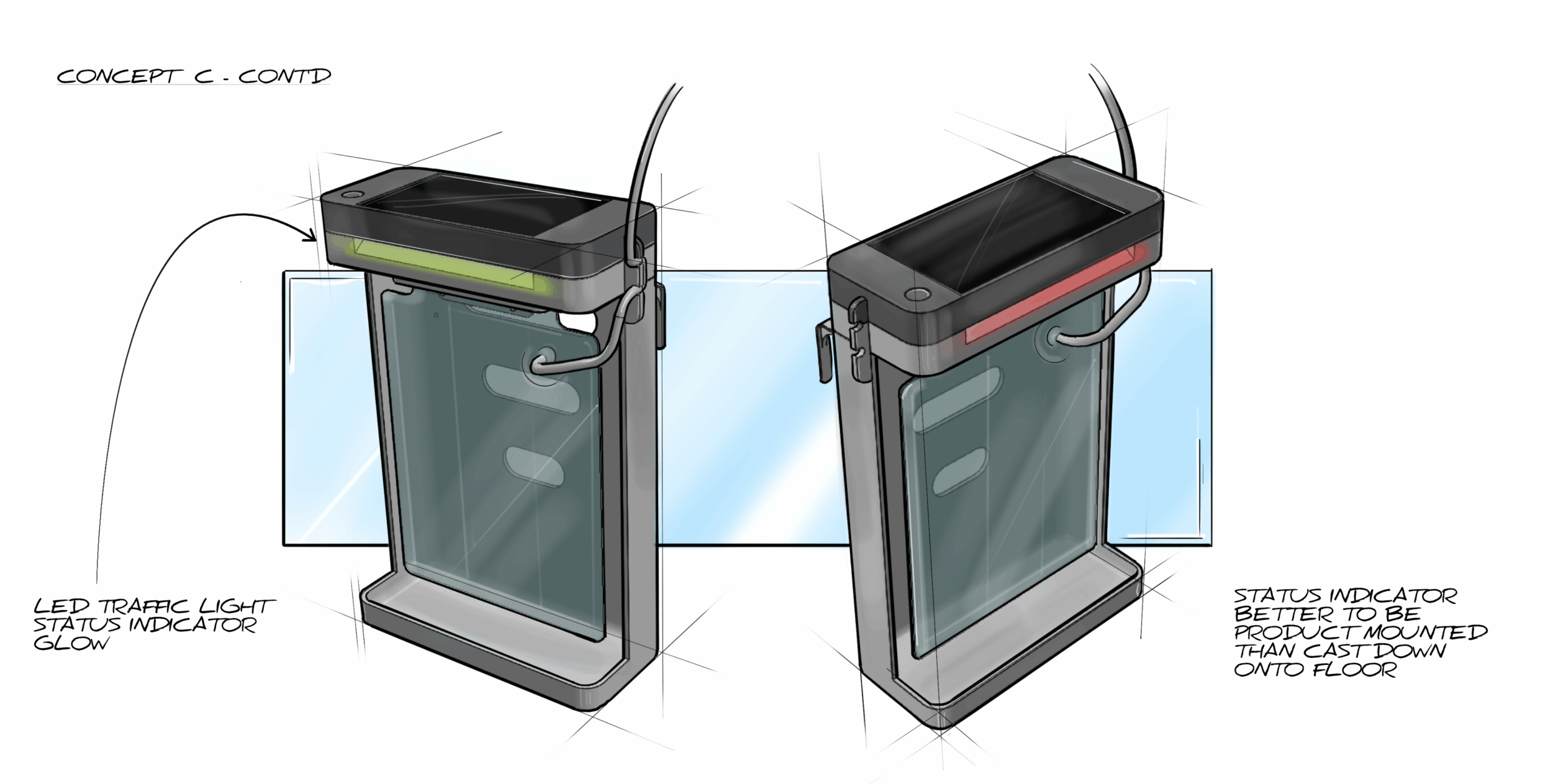
Medical devices are a challenging kind of product to develop, and many designers focus very heavily on the mechanics and functionality of these devices, and fail to consider user experience. Human centred considerations and user experience should be applied to the product design of all medical devices and are equally as important as the overall functions and mechanics involved. We have a ton of experience designing medical and laboratory products. So, Lorenzo thought it would be a good idea to help you understand the importance of user experience in these products.
Just as with a general product, it is essential that medical devices are designed to evoke enjoyment among users. While it is critical that individuals are not injured by a medical device, and safety will always be paramount, a positive user experience is still vital. The demand for medical devices is increasingly rapidly, and there is an increased focus on improving the user experience of these products. There are more of these products available to patients than ever before, and many now have a choice over the devices they use, creating a new kind of competition in the market.
Many patients are now making their own modifications and adaptations to their equipment, such as creating bespoke covers to improve the experience. A lot of product designers for medical devices are trying to improve the usability of these items, but have made the mistake of making assumptions as opposed to truly understanding the end user and their needs. In order to create equipment which patients will choose for themselves, it is essential you are aware of who they are and the experiences they are having.
The best kind of user experience with any product is the one which goes unnoticed. They are simple and intuitive, and become barely even noticeable to the patient. Whereas a poor user experience, particularly when it comes to medical devices, will be detrimental to the patient’s daily life. Medical products have an impact on both the physical and psychological standing of a patient, so it is more important than ever to get them right.
With most consumer products, there is an element of choice and freedom to decide the best option. If you decide you don’t enjoy the experience your mobile phone is delivering, you have freedom to go and buy another, and the chances are you could have a new one on your doorstep the following day. When it comes to medical devices, the level of choice is growing, but patients are still often limited. This means that many are expected to just accept negative user experiences because it is a benefit to their health and wellbeing.
Before you can try to design a medical device which delivers a positive user experience, you need to properly understand the struggles and requirements of the patients at hand. This requires some additional thinking and activity within the product design process, but it is well worth it in the long run. Complete an immersive research phase with surveys, observations, user journey mapping, focus groups, interviews and more.
It is critically important that you and your development team understand the importance of this research stage and are open to discovering new insights into user experience. These are the kinds of activities and discovery phases which will help you hone your product design to create something which truly does deliver value to your end user. The only real way to design for a specific experience is to fully understand and immerse yourself within it.
The interaction between a real person and the product being designed is an essential part of the process when any project is embarked upon. This is especially true when it comes to medical device development, as it's imperative they are safe to use and minimise risk. That's why human factor engineering (HFE) is always at the heart of what we do. Take a look at some our our recent projects to discover how we implemented this process into some of our recent projects: